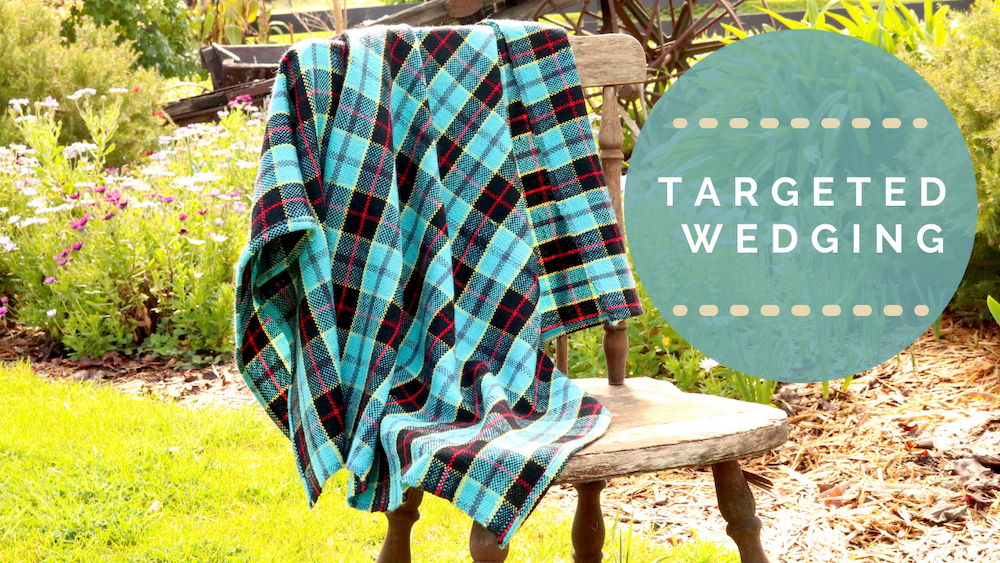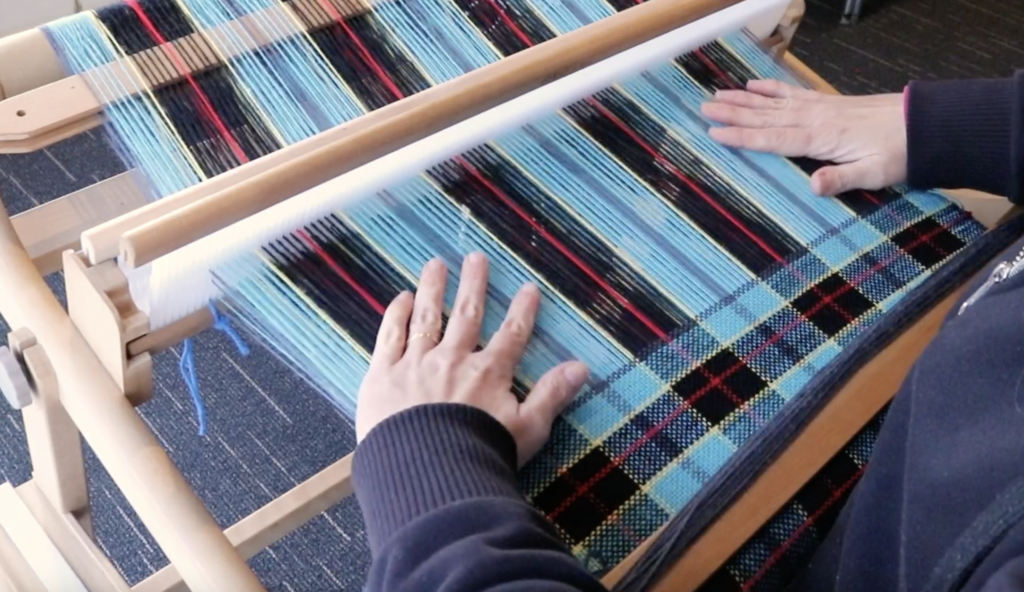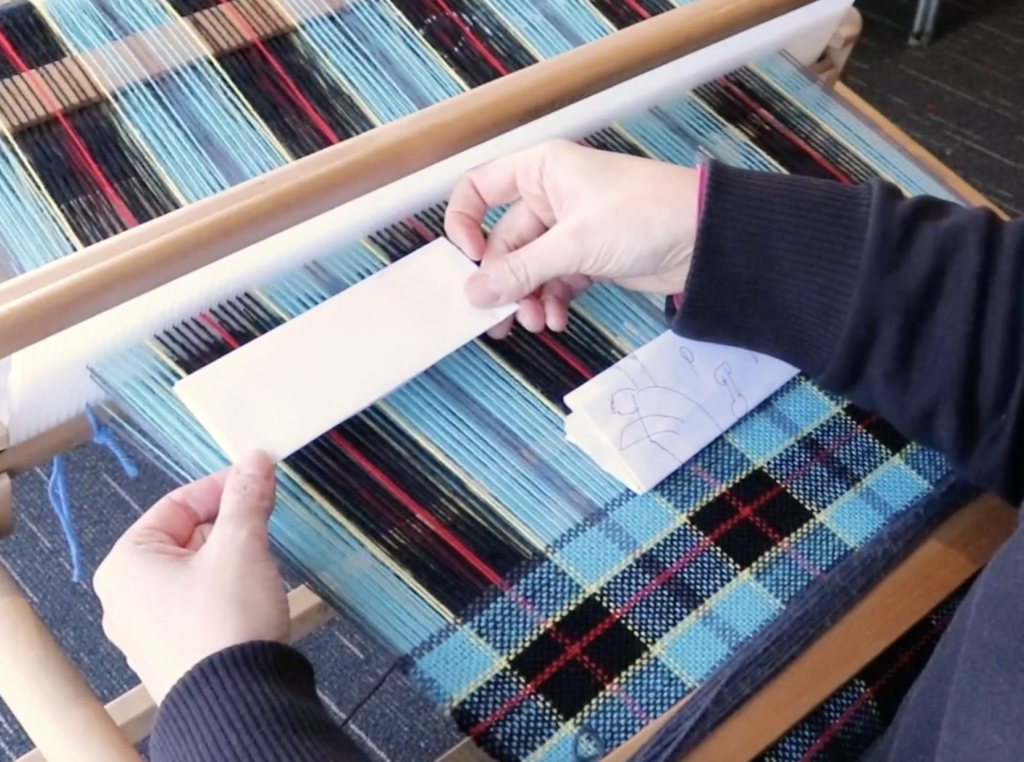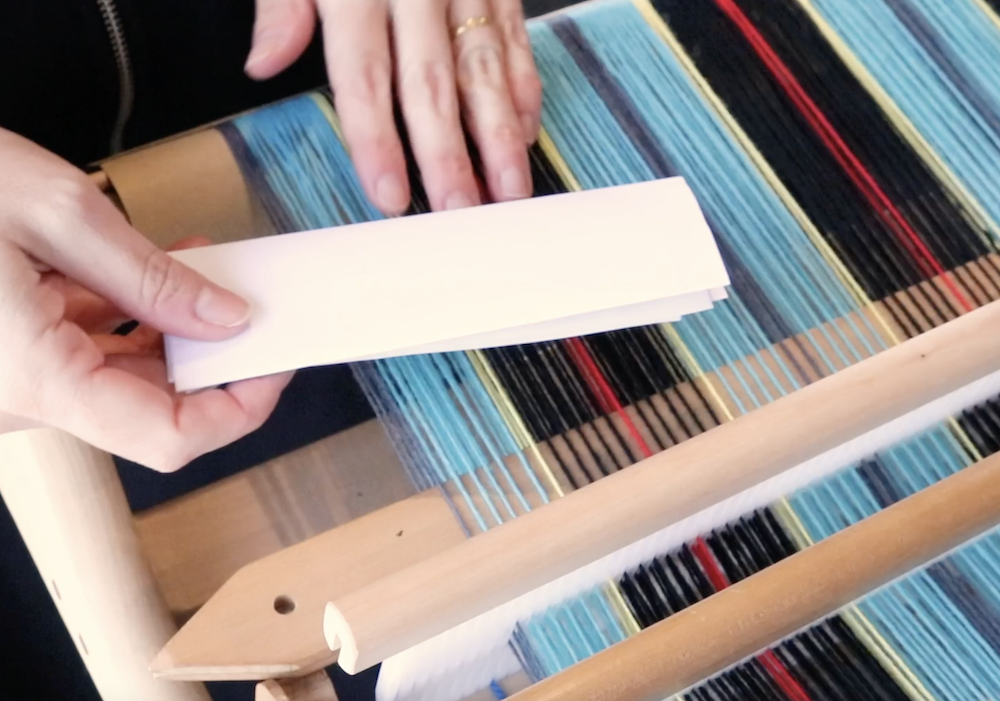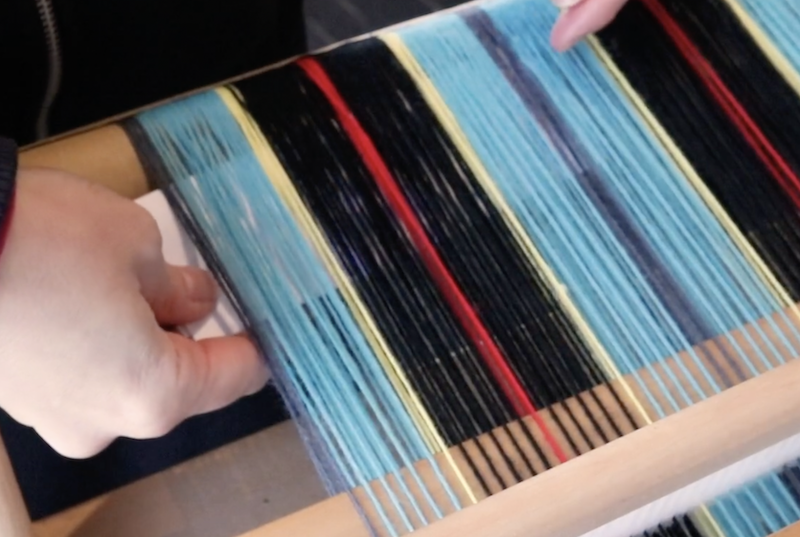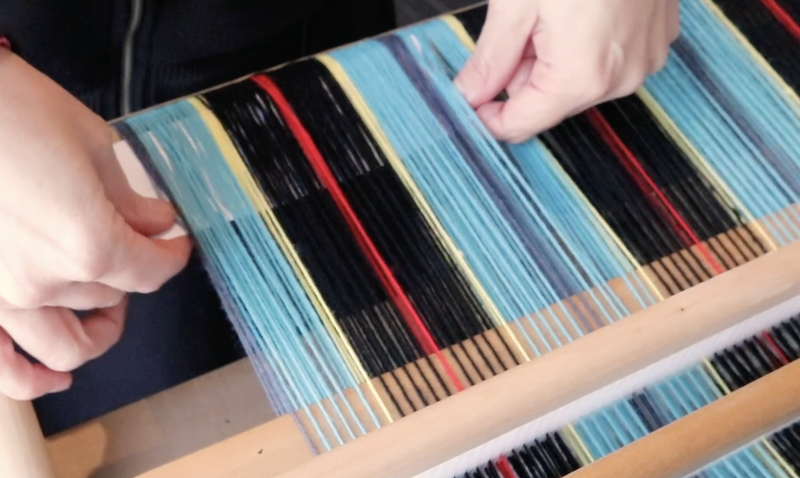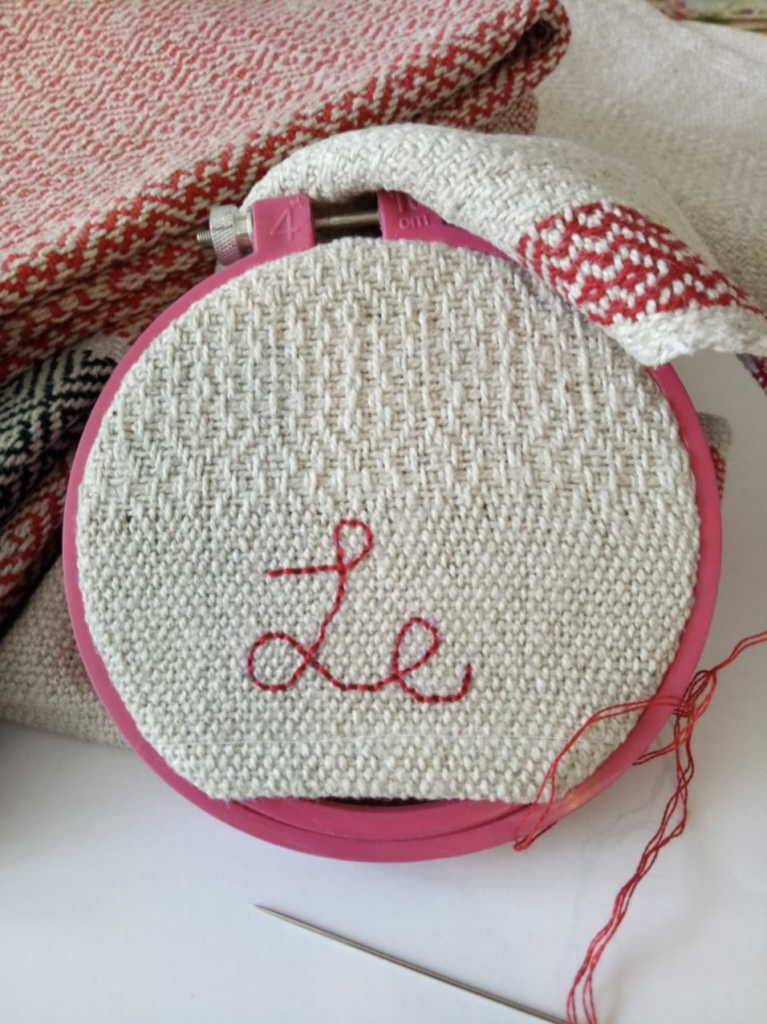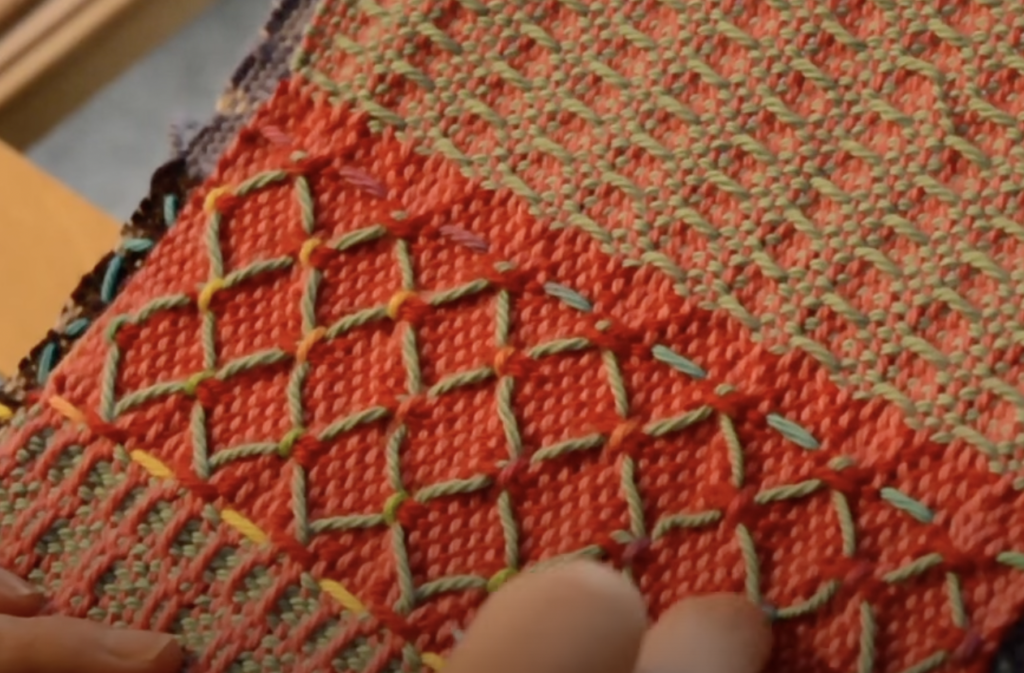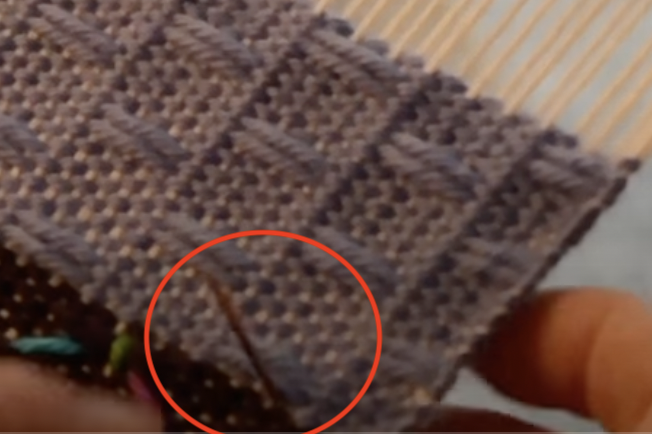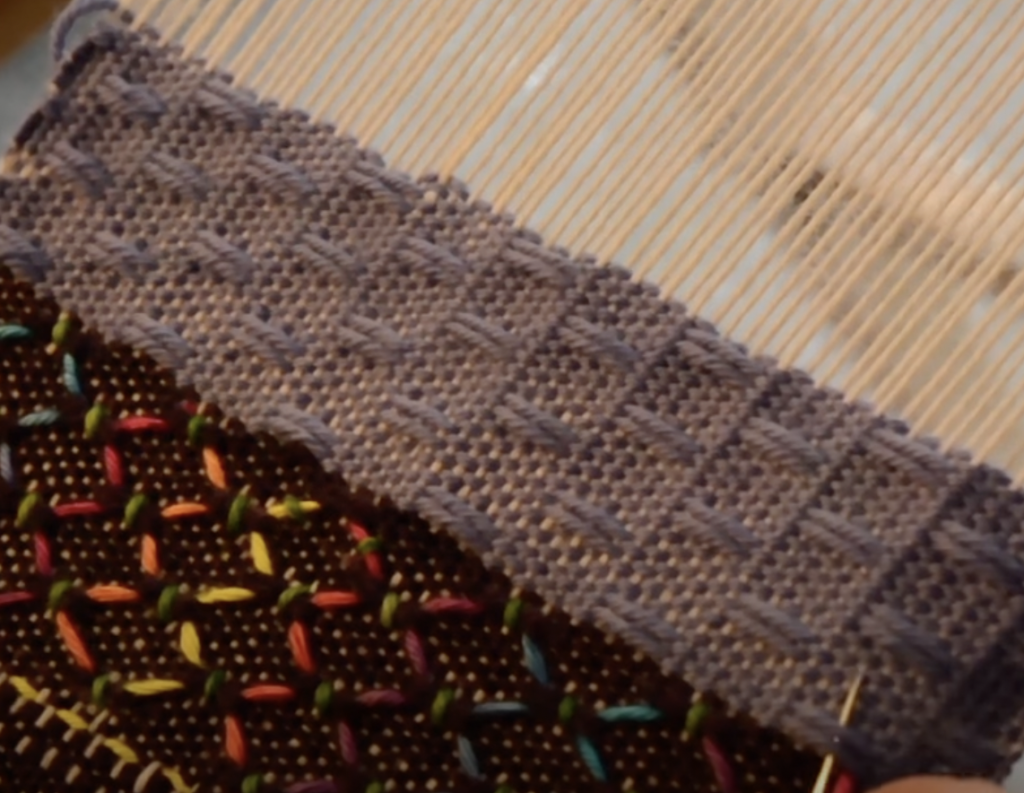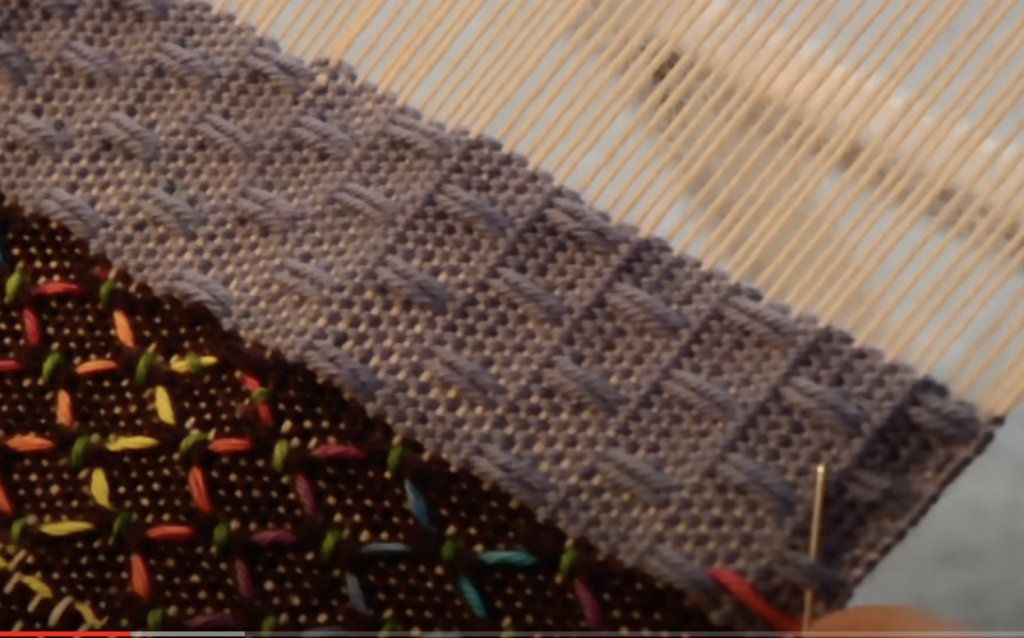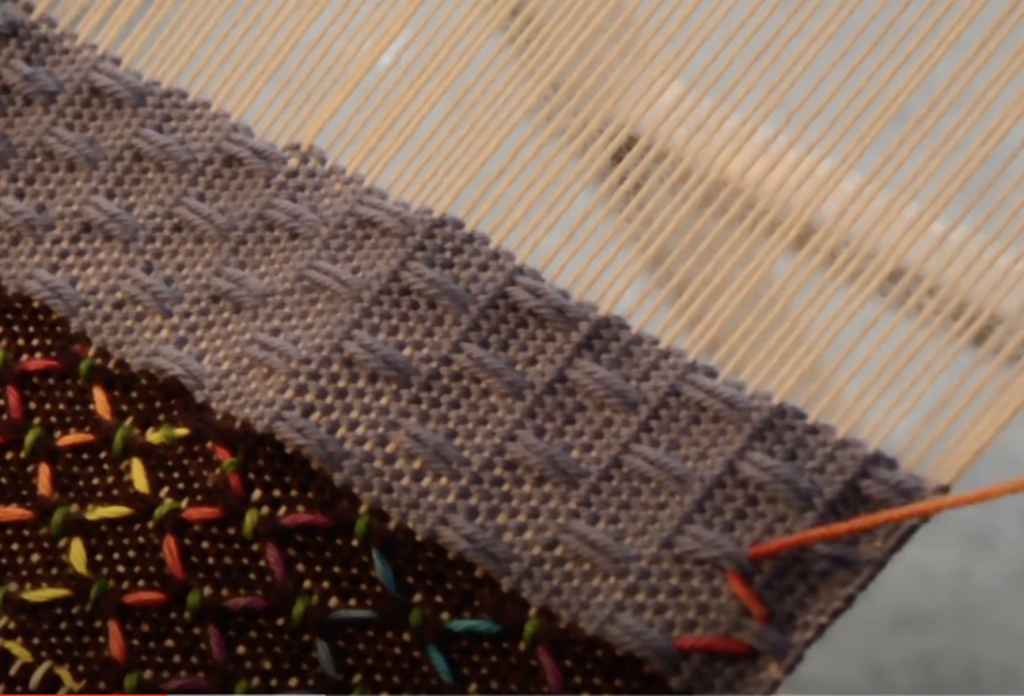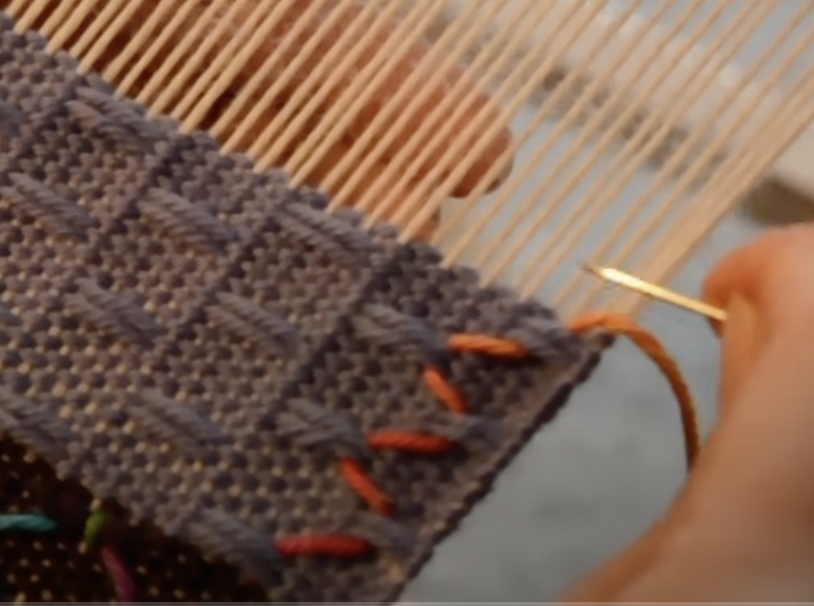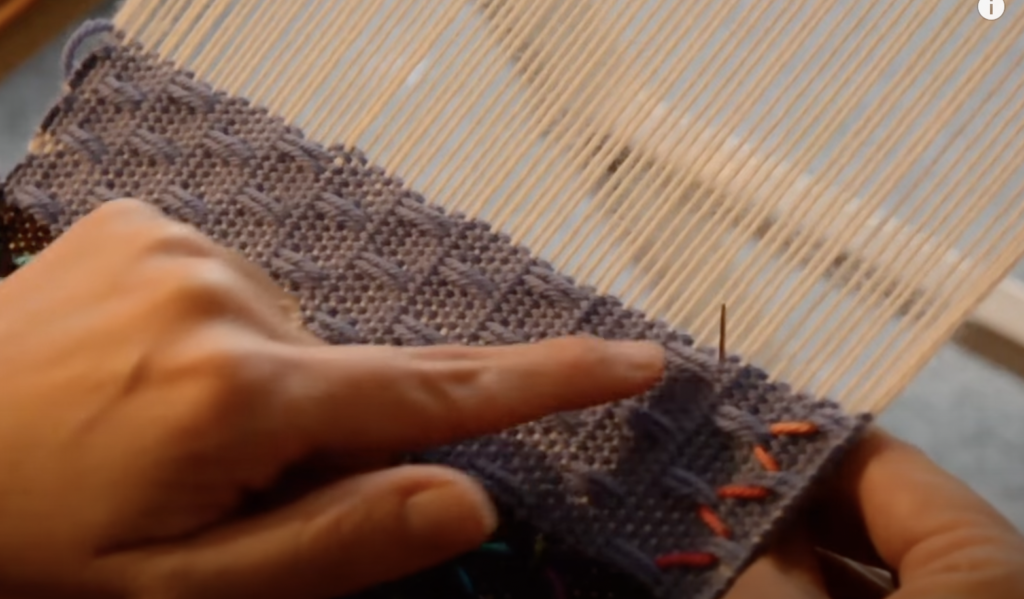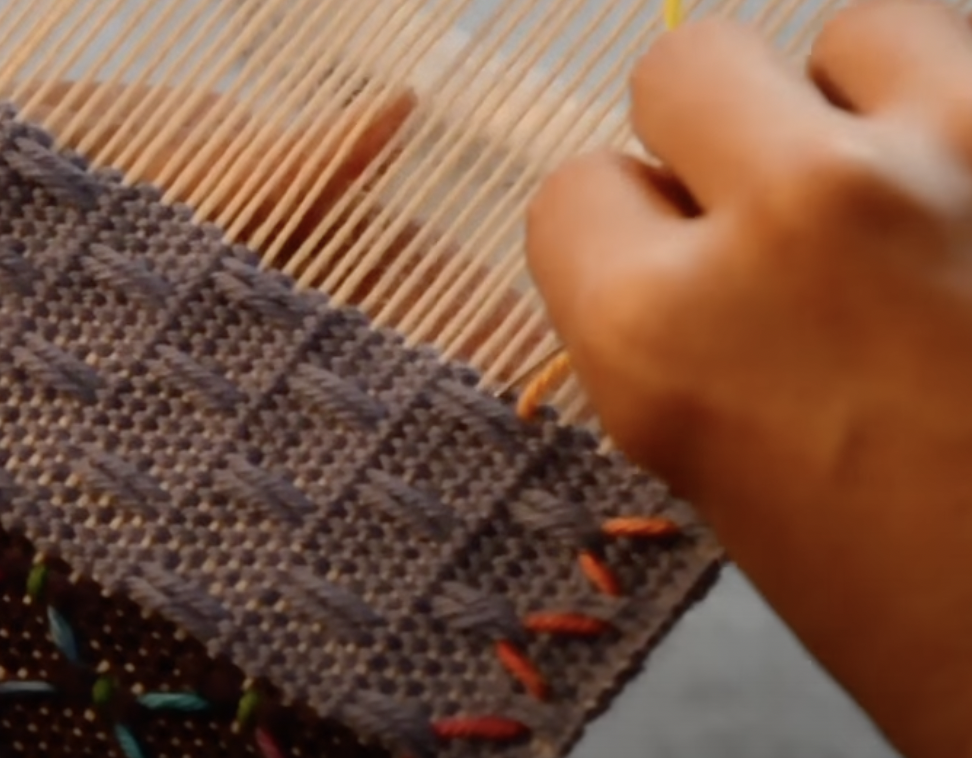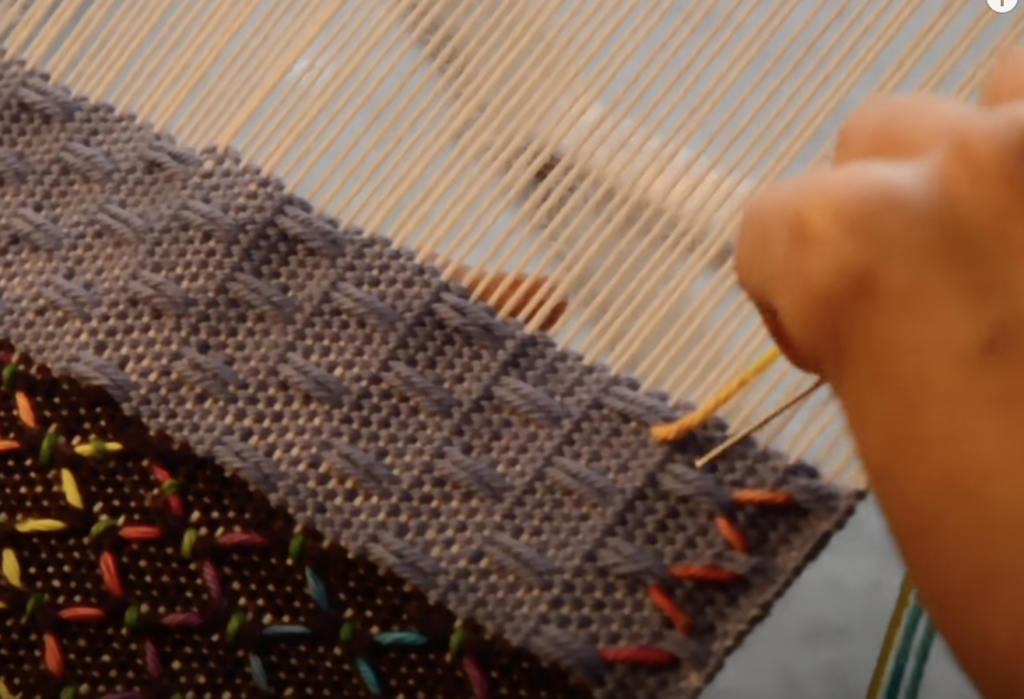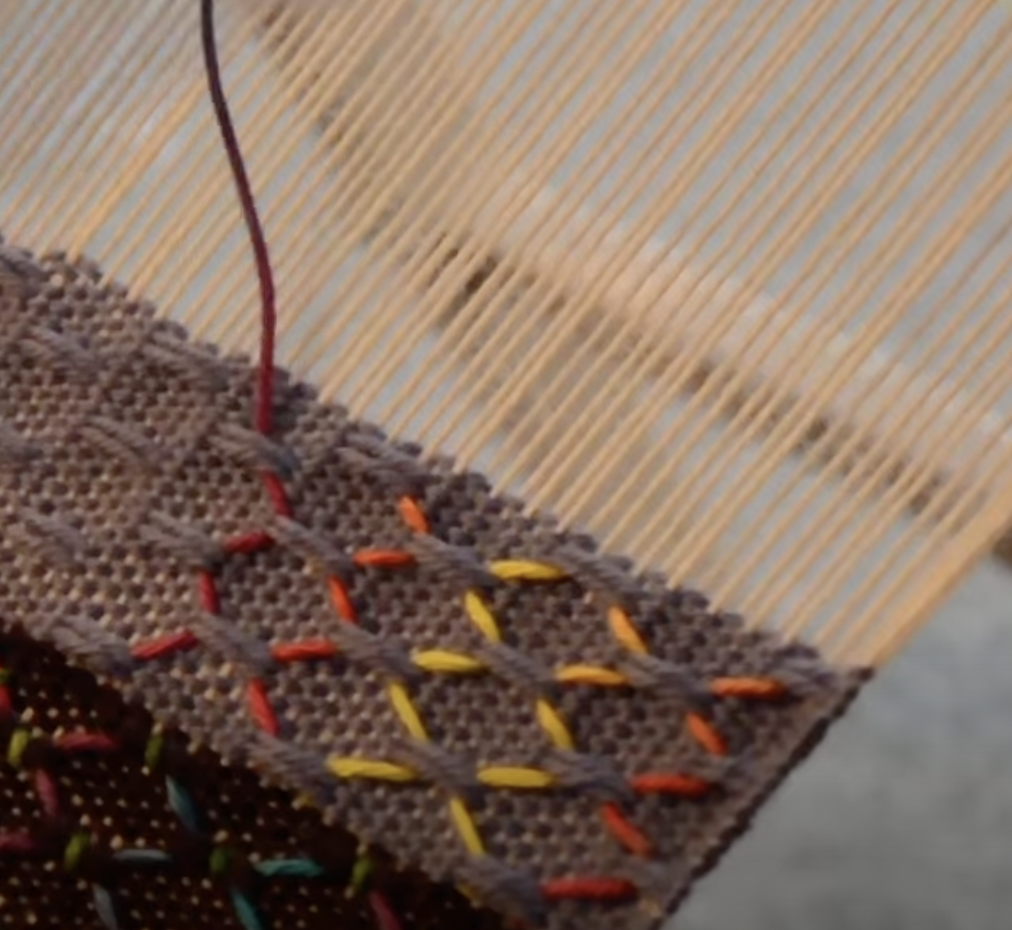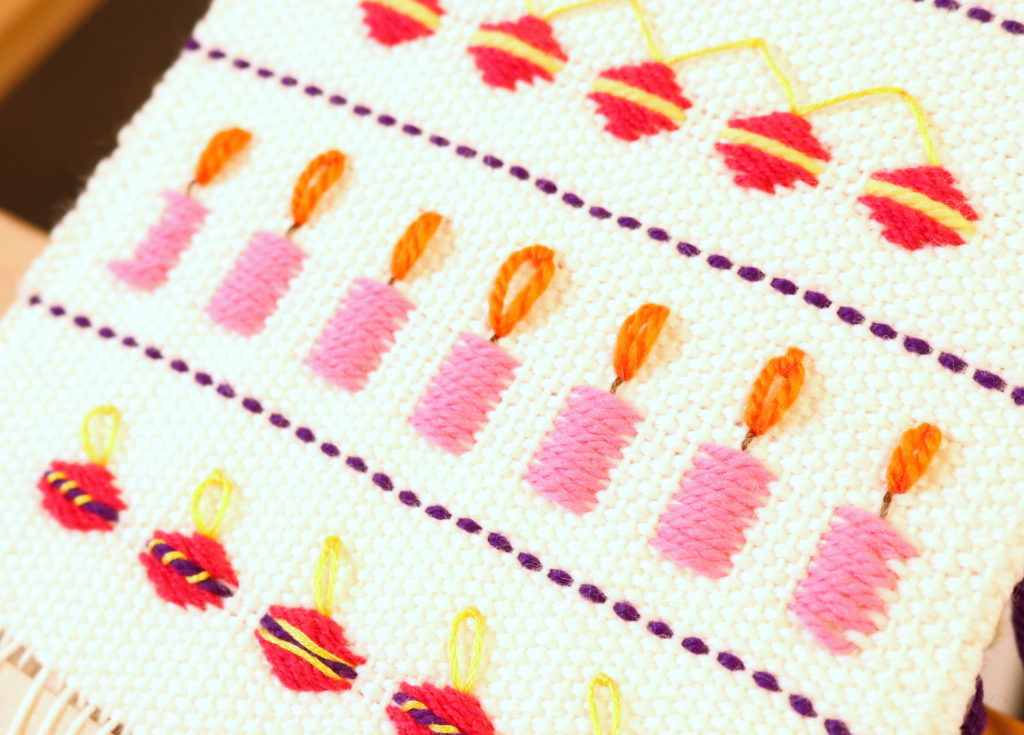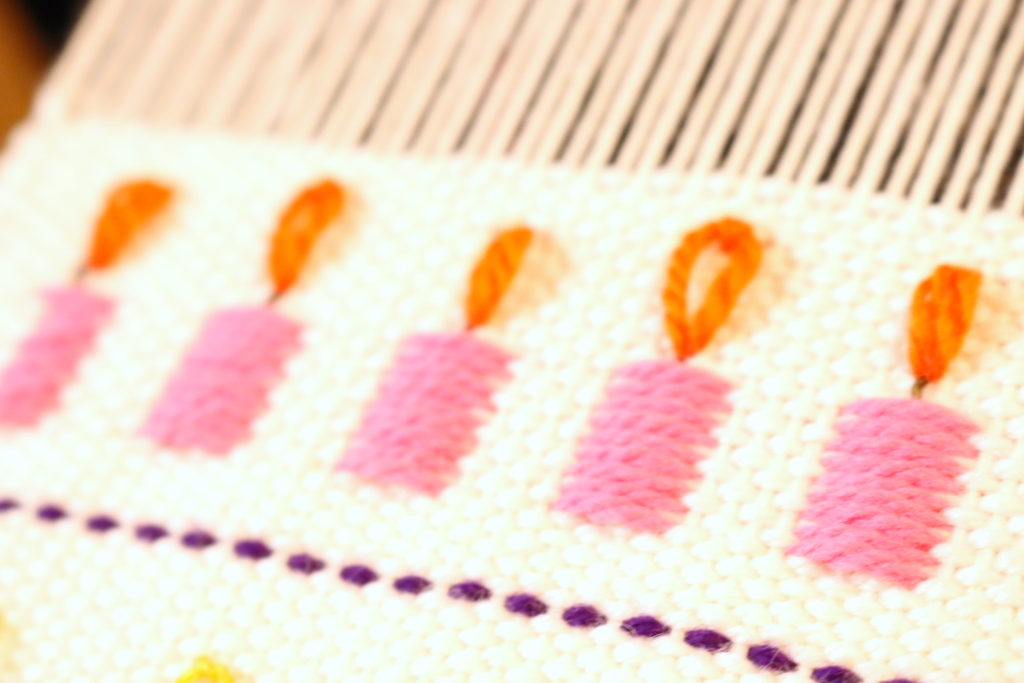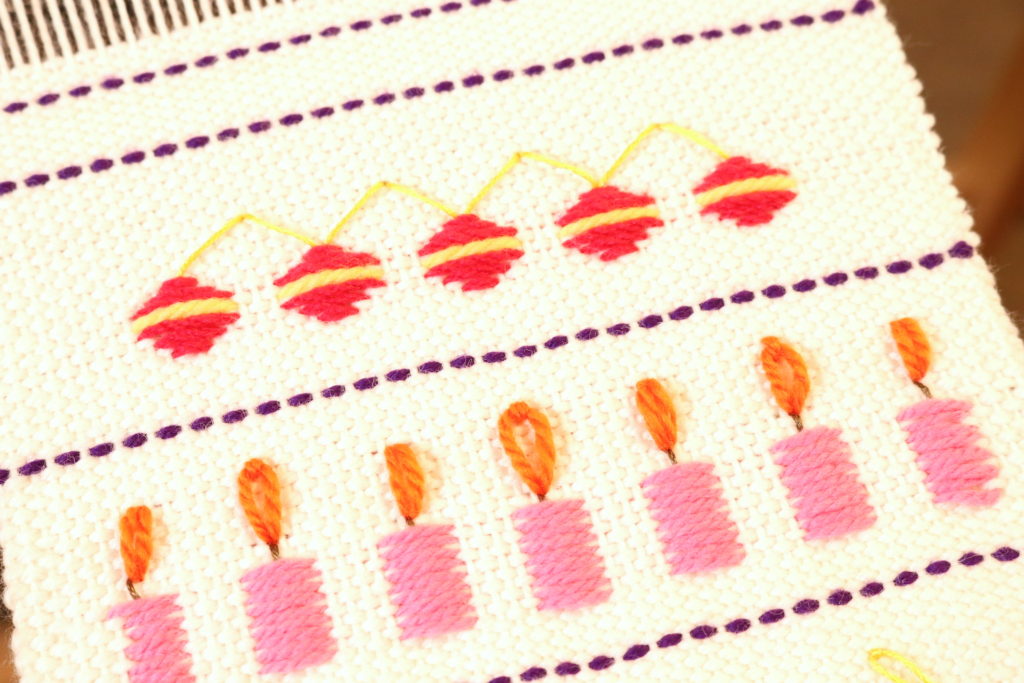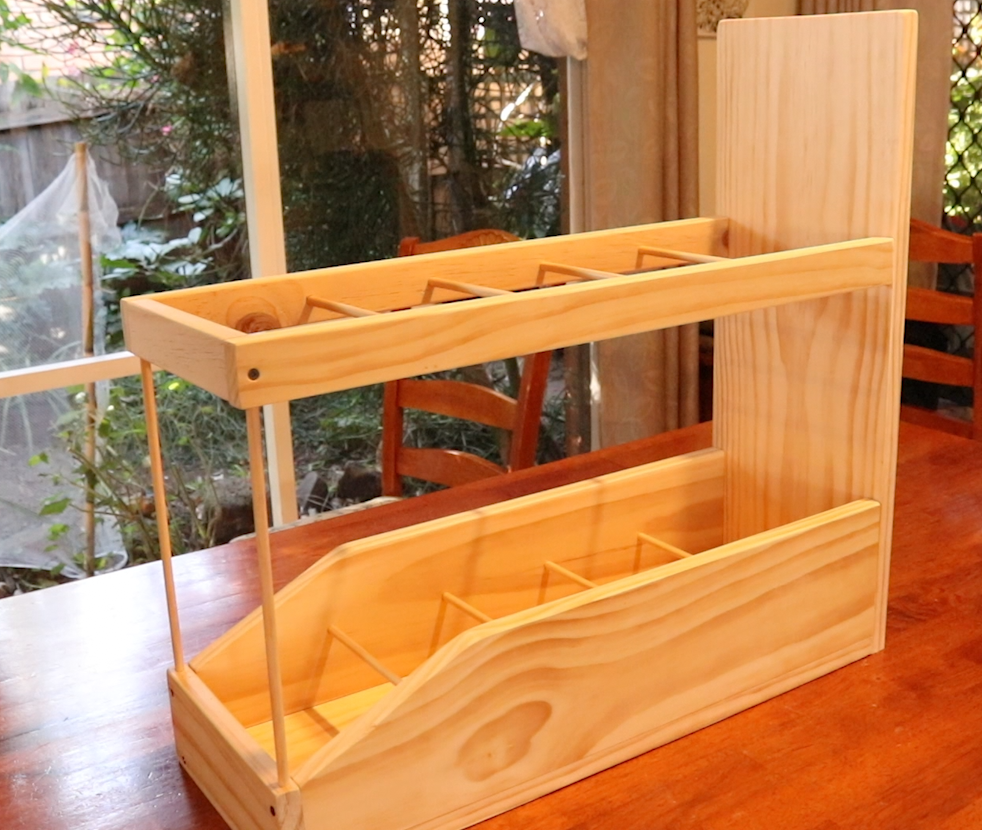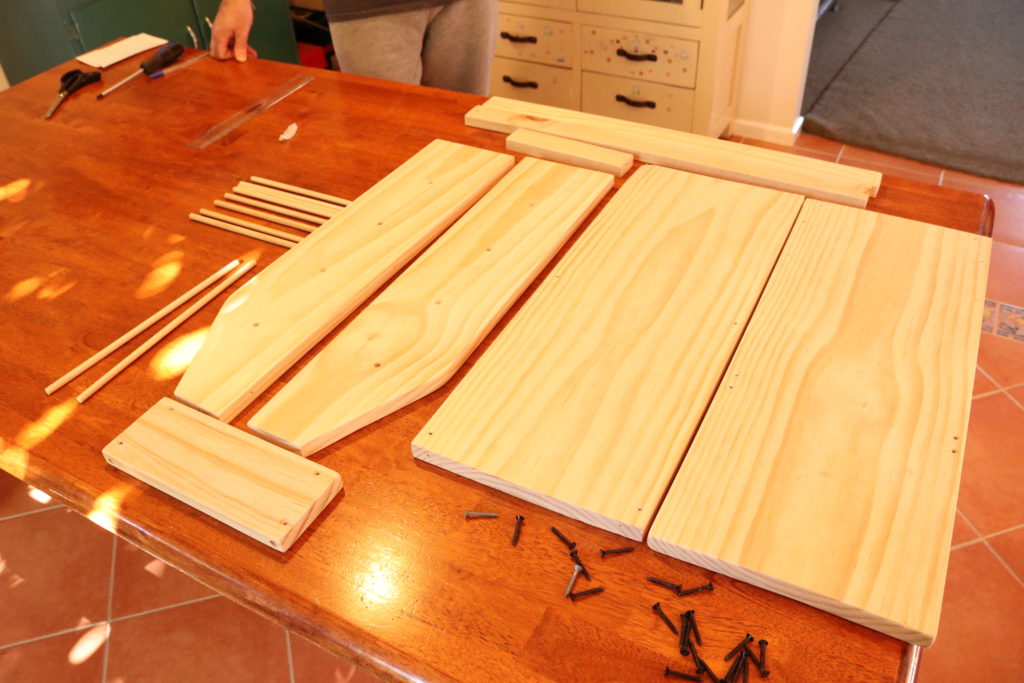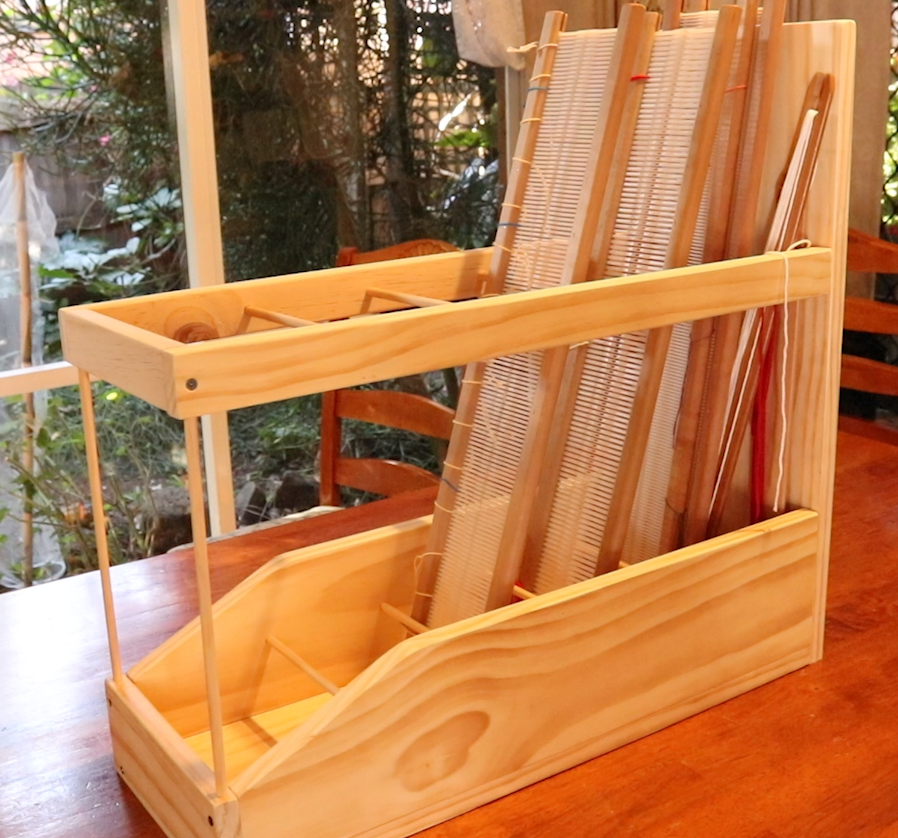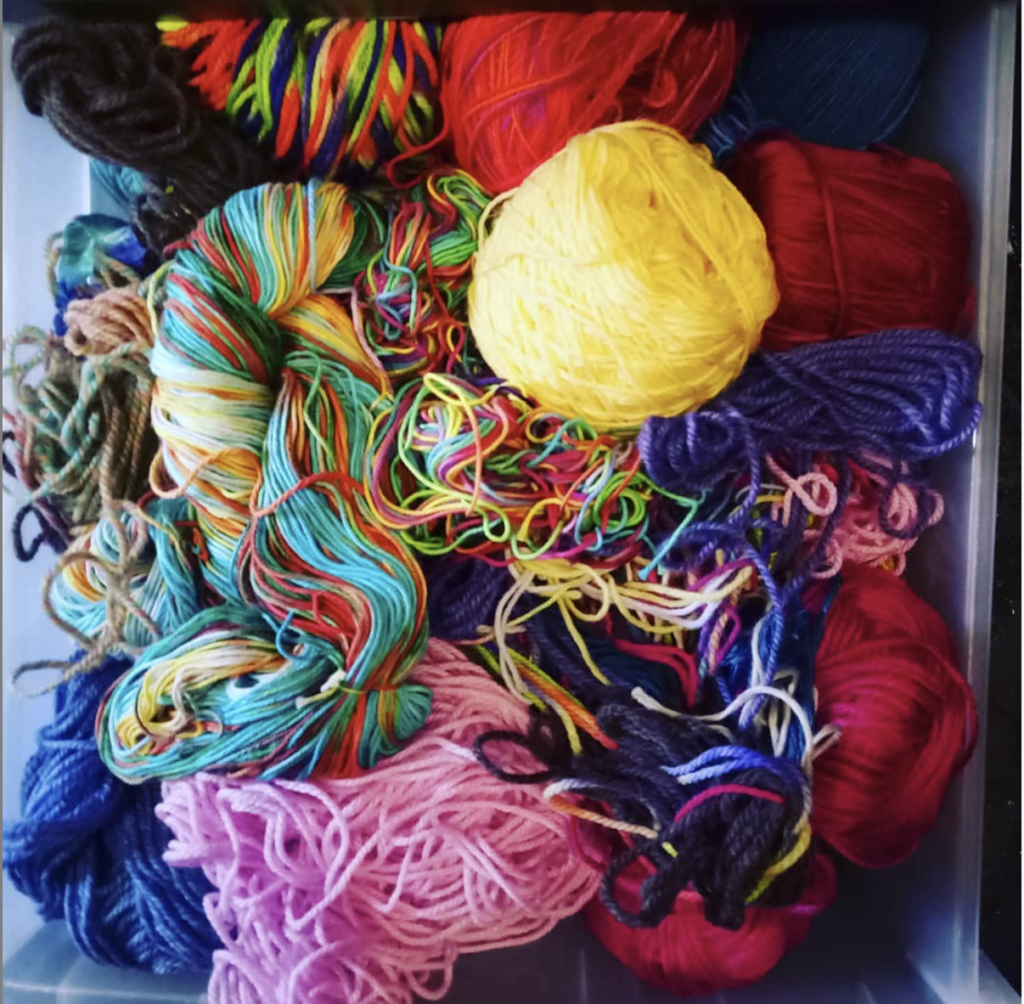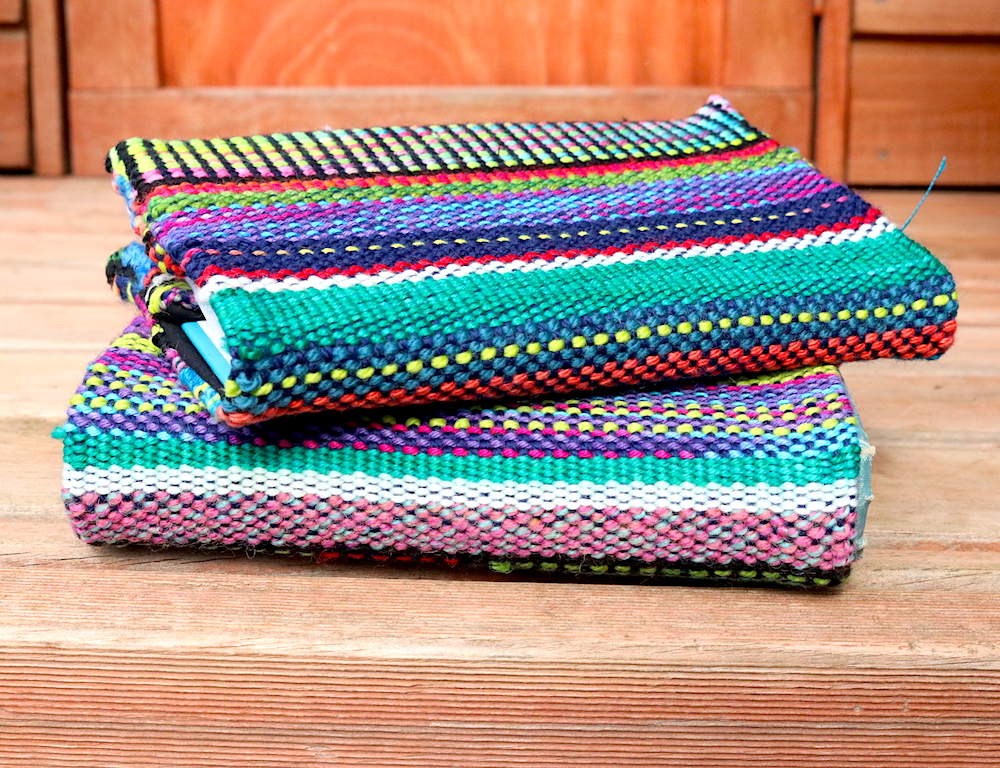Remember the potholder looms from back in the 70’s?
Well, I actually think the humble potholder loom is a little under rated! I mean, it’s simple to use and it must be one of the cheapest looms out there if you make it yourself.
That’s what today’s post is all about. Recently, my husband and I teamed up to make a cheap and easy potholder loom and now we want to share it with all of you!
We’ve put all the information you need to make one of these simple looms into a simple to download file (you can access that below).
Not only that, but I’ve also made a series that you can find on Youtube that will show you two different ways you can weave on your own potholder loom.
You only need some simple materials to get started. Wood, nails, a hammer, some yarn, some wire (or a Tunisian crochet hook) and a regular crochet hook, I find the 5.75mm size is good. A tapestry needle can also be handy for sewing in any loose ends.
So, go ahead and grab your instructions file below and then check out the video tutorial for weaving further down.
I hope you have fun with this project and until next time…
Happy Weaving!
*This post contains affiliate links. For further information, please see my disclosure policy.

